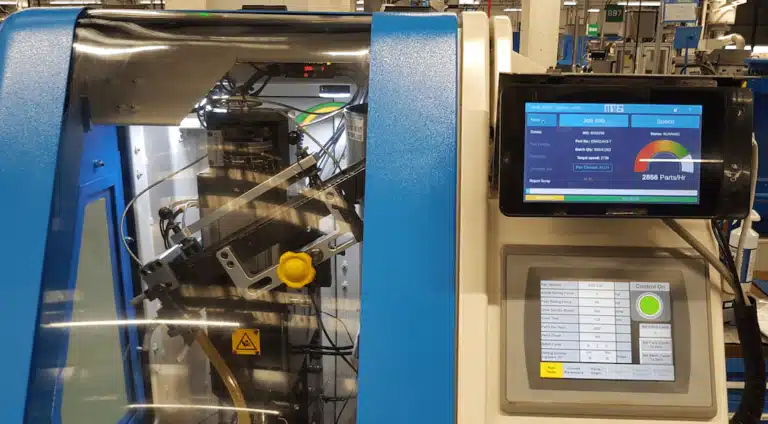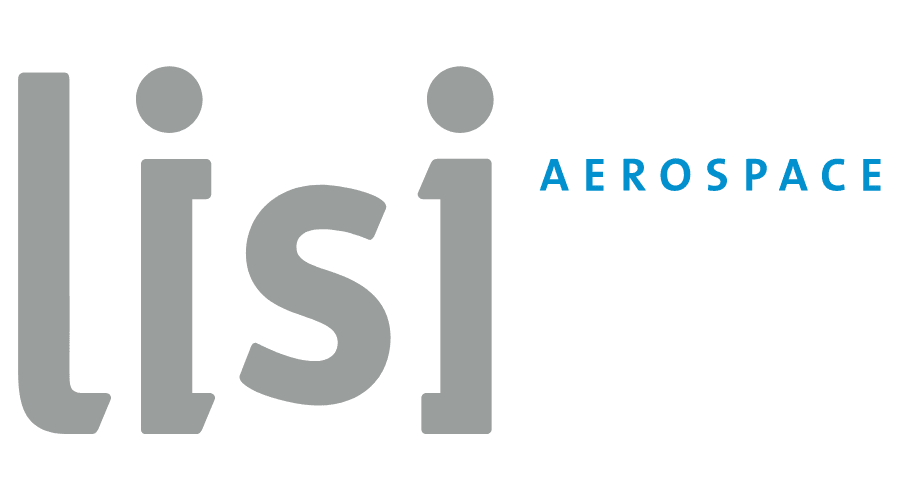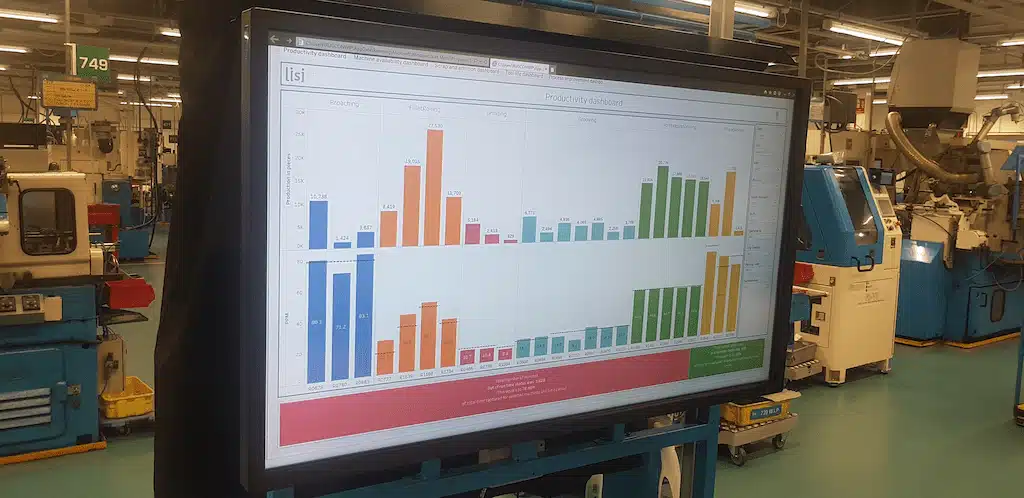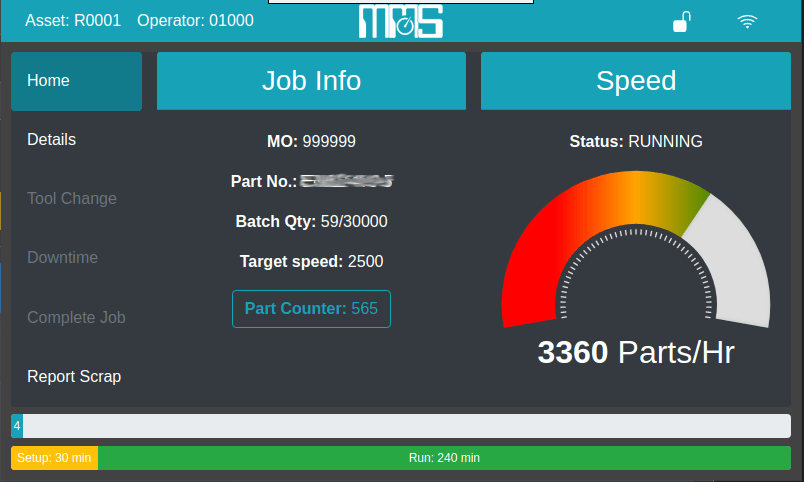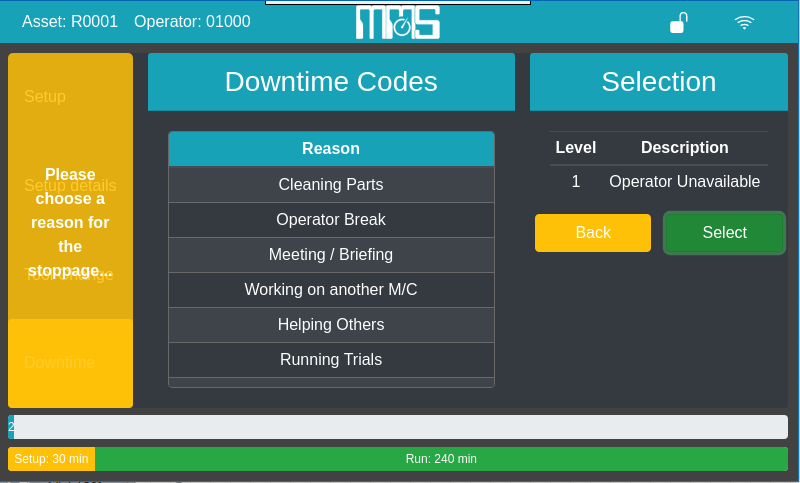This use case study describes how an innovative asset monitoring solution was implemented with qbee.io. The outcome was a faster, more reliable and cost effective solution for production asset monitoring in an industry 4.0 context. It also handles remote access and continuous updates of the application software in a CI/CD flow.
LISI AEROSPACE is in the top 100 in the global aerospace value chain and specializes in the design and manufacturing of high-tech components and sub-assemblies to enhance aircraft safety and performance.
Their innovative products feature in most of the world’s aircraft and at every stage in their life cycles. Serving more than 300 customers all around the world, LISI AEROSPACE is depending on having the latest and most innovative production capabilities in the industry.
Background for the asset monitoring project
In the production facility in Rugby, UK, a Process Development team has developed an in-house system that allows production asset monitoring for the LISI AEROSPACE machinery creating aircraft parts. A key focus of the digitalisation project was to gather real-time status information about the production equipment and create a bi-directional communication with a central database. In addition, local operators should be enabled to view and interact with the machines on a touch screen display on-site.
With many machines in the UK and additional requests from manufacturing facilities in France the key question became how to manage these devices properly and how to distribute OTA over-the-air software updates. It was immediately clear that a device management software was needed that would support the embedded Linux controllers and the software application.
After a quick evaluation it became clear that qbee.io ticked off all the requirements such as OTA software updates, Linux package updates, remote device configuration and running remote scripts. At the same time, the solution is very easy to install and implement.
Previously, a script on the device was used to connect each device to a network storage. Any change in the Node-RED application files on the network storage triggered an rsync download to a local folder associated with a copy operation from there to the working application folder. This was rather cumbersome and error prone. With qbee the whole process was transformed into a CI/CD process utilising GitHub. The application files are now handled and version controlled in GitHub. If any changes occur that are released to the production branch, then a GitHub runner process is automatically triggered. The runner creates an API call to the qbee file manager and transfers the updated application files. From there the qbee embedded Linux device management platform distributes the application files in a fully automated way and restarts the application on the devices each time there is a change accepted for production. Now it is also possible to have different versions and localise these.
New devices provisioned into a specific group will automatically update to the latest relevant version and Linux configuration status. This allows to easily deploy new machines or replace existing controllers that fail without any manual configuration.
What is the outcome of this project?
The result is a much faster and smoother release process turning this into an innovative asset monitoring solution. Due to the continuous integration / continuous deployment approach changes and new features can be handled more efficiently and in a more granular way. This allows machine specific or location specific changes to the code base which is used in a new pilot project in a production facility in France.
The implementation of the qbee platform made management of the shop floor devices simple and easy to follow. This will eventually allow us to hand over this system to our IT department in a much more orderly fashion.
Krzysztof Dec
Another benefit that qbee offers is the built-in metric collection which gathers all relevant system metrics from the edge devices. This made a homegrown tool obsolete and simplifies the production asset monitoring even further.
Since the system is still under continuous development another function came in handy. With the included VPN qbee offers both simple and secure remote ssh access as well as a full port mapping and forwarding to a local computer. This way debugging is easy, even across company firewalls. The included qbee-connect desktop application has a unique feature: It can map remote device ports securely to localhost. This allows to access the UIBuilder user interface on top of Node-RED which is running on the edge device securely on a local computer through the VPN. Thus, Krzysztof and his team can see the exact same screen the operator is seeing allowing for an interactive debugging session.
Combining qbee with Node-RED allows for the rapid and continued development of the various proof of concepts or legacy equipment data extracts. With qbee scalability of the Node-RED solution is not a problem anymore, we can add, remove and configure field devices within minutes. Thanks to qbee we can hold spare shop floor devices in stock and if they fail, they can be replaced within minutes. Configuration is down to the simple selection of the Asset Number on the config screen. Everything else happens behind the scenes where the device is bootstrapped to a correct branch and the correct software installed on the device. All of this without involvement from the IT or Process Development team.
Krzysztof Dec
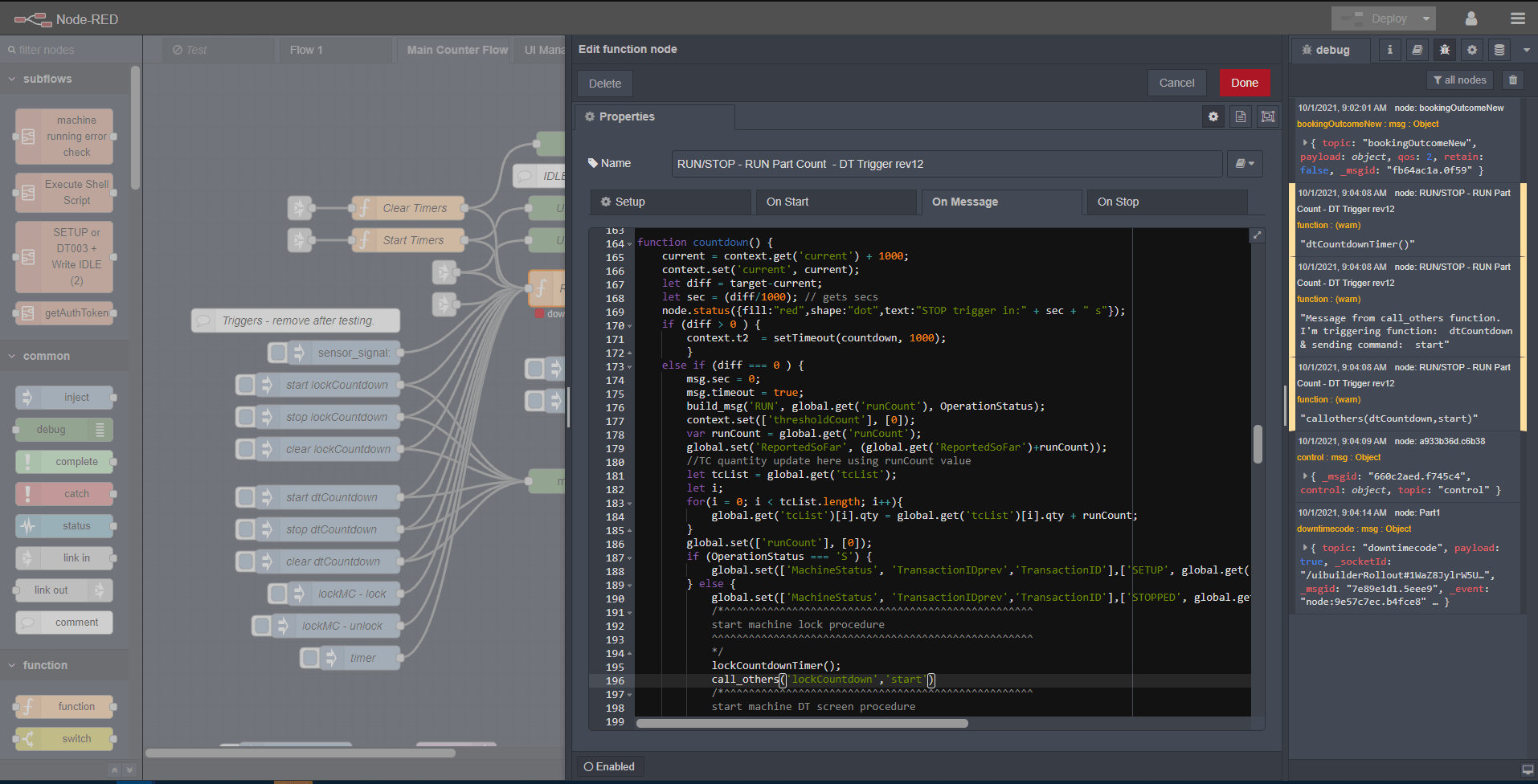
Overall, this use case shows that selecting the right tool makes it much faster, reliable, and cost-effective to run continuous updates on a production asset monitoring application. qbee is handling many tasks that previously had to be maintained separately or were simply not possible. This is a powerful example how innovative asset monitoring can improve your efficiency.
Please reach out to us for a quick discussion of your use case or just book a meeting here to explore your project:

